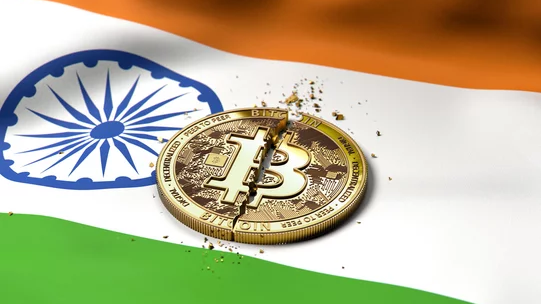India Intensifies Cyber Police Training to Tackle Cryptocurrency Crimes

The Ministry of Home Affairs in India has made significant investments in training over 2800 electronic police officers in the field of forensic medicine for cryptocurrencies to enhance capabilities in combating digital crime. The Narcotics Bureau has developed comprehensive training units to standardize the approach in enforcing drug laws and integrating cryptocurrency investigation techniques. The participation of the Indian Cyber Crime Coordination Center demonstrates a national initiative to integrate advanced technologies. The Indian Ministry of Home Affairs has taken a decisive step in enhancing the country’s defenses against electronic crimes involving cryptocurrencies.
In a major training initiative, over 2800 cyber police personnel have been equipped with forensic skills and advanced investigations in the field of cryptocurrencies. This movement is part of a larger effort to modernize law enforcement in the digital age and strengthen legal frameworks against the misuse of emerging technologies.
Furthermore, the Narcotics Bureau has been proactive in this endeavor. They have precisely coordinated a core training unit, complemented by five specialized training units designed specifically to suit the diverse ranks within the agency. This ensures a uniform approach in enforcing drug laws across all areas.
Additionally, the participation of the Indian Cyber Crime Coordination Center reflects the national commitment to combat cyber crimes. Technologies such as mobile app misuse research and hidden identity networks have become part of the arsenal for combating digital crimes. These efforts align with the country’s exploration of blockchain technology for mainstream applications.
In a parallel development, Hindustan Petroleum has been a pioneer in integrating blockchain technology to improve its procurement system. Collaboration with Zupple Labs represents a significant step towards enhancing efficiency and transparency in the company’s procedures.
Despite these advancements, the cryptocurrency ecosystem in India faced disruptions following the introduction of stringent tax policies. February saw a proposal to impose a 30% tax on cryptocurrency gains and a 1% Tax Deducted at Source (TDS) on digital asset transactions. The aftermath of this policy witnessed a sharp decline in local cryptocurrency trading volumes, with a significant shift in activity to international platforms.
Research from the Esya Center highlights the impact of the tax policy, indicating an 81% decrease in local trade volumes within just four months of implementing the TDS regulations. Additionally, there have been reports of mass migration of users from local exchanges to international ones, with an estimated 17 thousand users in the past year.
It is noteworthy that the 1% tax also led to a significant financial paradox. The potential revenue loss for the Indian government is estimated at around 420 million dollars, overshadowing the actual revenue collection of 30 million dollars. This sparked discussions about the long-term viability of these tax regulations in the evolving cryptocurrency market.
The measures taken by the Indian government to combat cryptocurrency-related crimes through training and its cautious approach in dealing with blockchain applications underscore a precise response to the challenges and opportunities presented by digital currencies. As the state navigates through the complexities of this field, these initiatives represent crucial steps in establishing a secure and progressive digital economy.
Disclaimer: The information provided is not financial advice. Chinwa.tech does not take any responsibility for investments made based on the information provided in this article. We recommend consulting a qualified specialist or financial advisor before making any investment decisions.



